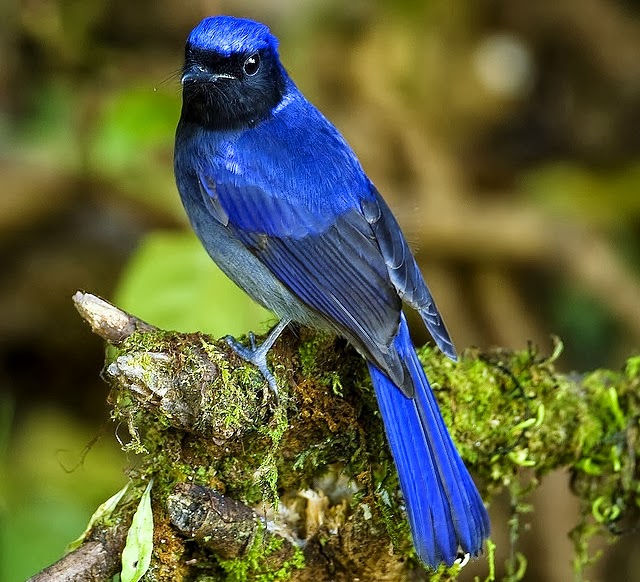 |
| Photo by Michael Gillam (Flickr) |
Common name:
large niltava (en); papa-moscas-grande (pt); grand gobemouche (fr); papamoscas grande (es); kobaltblauschnäpper (de)
Taxonomy:
Order Passeriformes
Family Muscicapidae
Range:
This species is found from Nepal and extreme north-eastern India, through Myanmar and Laos and into Thailand, Vietnam, Malaysia and the Indonesian island of Sumatra. Also marginally into southern China.
Size:
These birds are 21 cm long and weigh 30 g.
Habitat:
The large niltava is mostly found in dense, moist tropical forests, but also use rural gardens. They are present at altitude of 600-2.700 m.
Diet:
They feed on insects and other invertebrates, as well as berries.
Breeding:
Large niltavas nest in a cup made of moss and fine plant fibres. The nest is placed among boulders, tree hollows or holes in dead tree stumps. The female lays 2-5 creamy-white eggs, which she incubates alone for 15 days. The chicks are fed by both parents and fledge 14 days after hatching.
Conservation:
IUCN status – LC (Least Concern)
This species has a very large breeding range and is described as generally uncommon to fairly common. The population is suspected to be stable in the absence of evidence for any declines or substantial threats.







